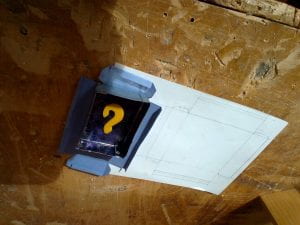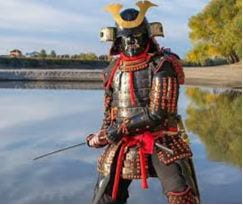What were the main things this leader did?
The distinguished military service.
He left his dairy farm in Motatau and joined the war, he started off as a private and climbed the ranks until he rose to a commander. He lead the Maori battalion
Main things #2
His huge commitment to Maori education.
Sir John Henare had a big role in forwarding Kohanga Reo to teach Maori preschoolers Te reo.
What leadership qualities did this leader have?
He lead the 28th Maori battalion.
The 28th Maori battalion was lead by sir John henare. Sir James Henare was a good leader, he lead the 28th Maori battalion in a war against the axis forces. A military force formed by Germany, Japan and Italy.
This evidence shows that Sir James Henare was a: brave, loyal, committing, and reliable person who was highly trusted in the military force.
Leadership quality #2
His huge commitment to Maori education showed a big role in his leadership qualities. Sir James Henare had a big role in forwarding Kohanga Reo to teach Maori preschoolers to speak Te reo Maori.
This shows that Sir James Henare was: Kind and caring towards children, big hearted and that he cared about kids learning the language of their ancestors which are all parts of a good leader.
British Army rank structure.



















